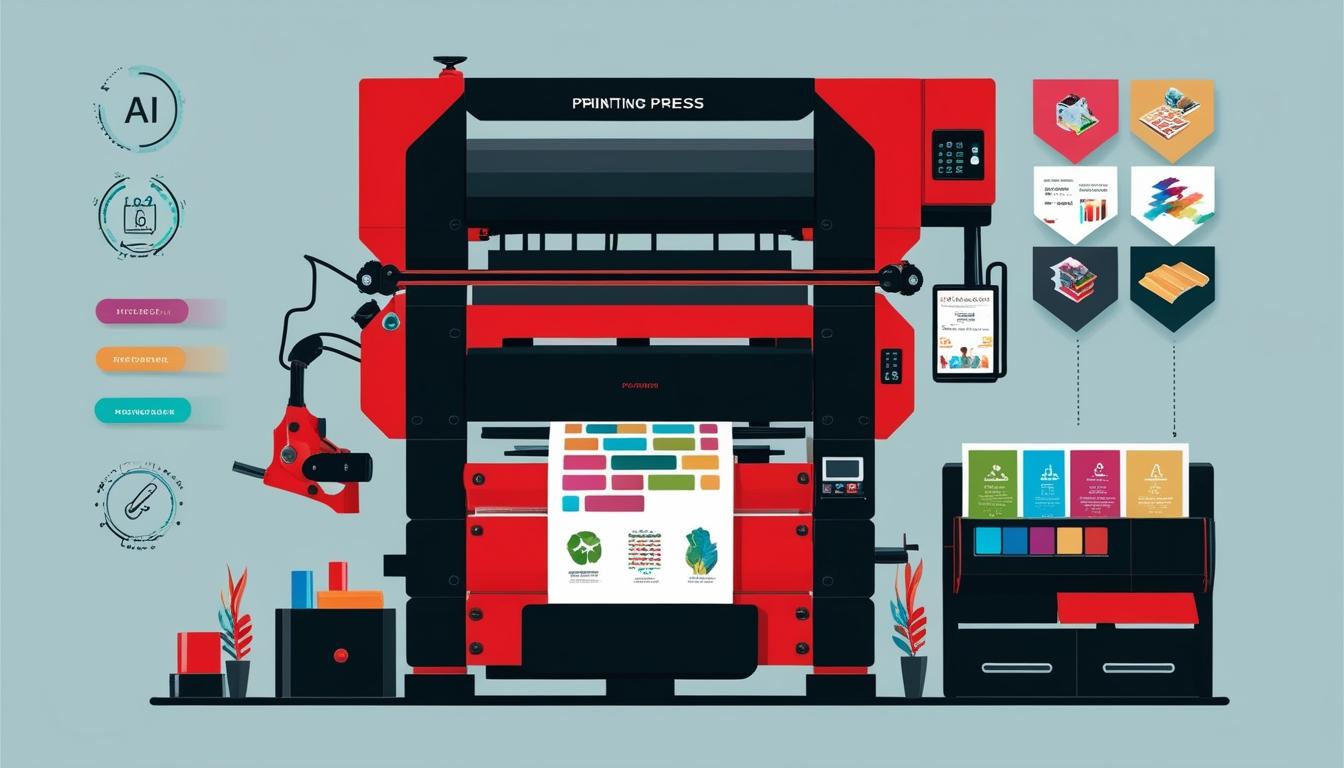As 2025 approaches, the printing industry stands on the brink of significant transformation, driven predominantly by automation and artificial intelligence (AI). Key industry figures have shared insights about the anticipated trends, challenges, and innovations likely to shape the sector in the coming year.
Nir Zarmi, senior vice president of growth and strategy at Landa Digital Printing, notes that rather than dramatic shifts, the industry will continue to face longstanding challenges, including economic fluctuations, workforce shortages, and increasing competition from digital channels. "We believe that automation and AI will continue to be essential in driving production efficiencies, lowering waste and increasing environmental awareness, increasing profitability and ensuring the long-term success of the industry," Zarmi stated in an interview with Print Monthly.
The company’s newly developed Landa S11 and S11P presses, featured for the first time at drupa 2024, incorporate AI through a PrintAI module designed to enhance print quality significantly. These innovations allow for optimal results in complex applications including folding cartons and commercial print, further opening avenues for profit generation.
From a sustainability standpoint, Zarmi highlighted Landa’s Nanography technology, which eliminates the need for traditional printing plates—leading to reduced paper waste and minimal job setup times. This technology supports substrate independence, allowing for high-quality printing on varied paper stocks, thereby enabling businesses to consider more sustainable materials.
Brendan Perring, general manager at the Independent Print Industries Association (IPIA), emphasises profitability as a central focus for print businesses. He advises companies to identify their strengths and leverage trade partnerships, suggesting that businesses should outsource less profitable work. “We often have SME printers saying they can’t buy the paper as cheaply as the trade printers can produce the print,” he remarked. Such collaborations are encouraged for growth without incurring significant overheads.
Sustainability remains a key trend across the industry. Piet de Pauw, head of marketing at Enfocus, asserted that AI's evolution will continue to enhance efficiency while complementing the skills of print workers. He pointed out that quality control will take precedence as the industry adapts to new recyclable materials and energy-efficient processes. The fusion of Augmented Reality (AR) with print media is also seen as a forward-looking strategy to create interactive consumer experiences.
Andy Gregory, sales director at Hybrid Services, outlined the ongoing challenges in the economic landscape, but noted that new technologies from manufacturers are likely to provide solutions addressing sustainability. Innovations including Mimaki’s ink-saving technology could enable print companies to reduce operating costs significantly, fostering economic resilience.
Julia O'Loughlin, group marketing manager at Parkside, stressed that automation will be pivotal as businesses face increasing sustainability pressures alongside legislative demands. Automated workflows are expected to facilitate compliance and enhance flexibility to meet varying customer demands.
As industry players navigate the post-Brexit landscape, Kieran Dallow, marketing manager at Innotech, highlighted the resurgence of domestic printing, attributed to the shift away from outsourcing to Europe. He anticipates that soft signage solutions will gain traction due to their practicality and cost-effectiveness.
The concept of ‘print of one’ is becoming crucial as Tom Peire, CEO at Four Pees, described the rising influence of on-demand printing and web-to-print systems, marking a fundamental shift towards mass customisation. “The main driver for that is a shift from mass production to mass customisation pushed by those platforms,” he elaborated.
As 2025 unfolds, the integration of AI and automation within the print industry is set to redefine operational practices, catering to increasing demand for personalised, sustainable, and efficient printing solutions. Industry experts anticipate that business strategies will increasingly leverage advanced technologies alongside sustainable practices, marking a notable shift in how companies operate and deliver value in the evolving landscape.
Source: Noah Wire Services
